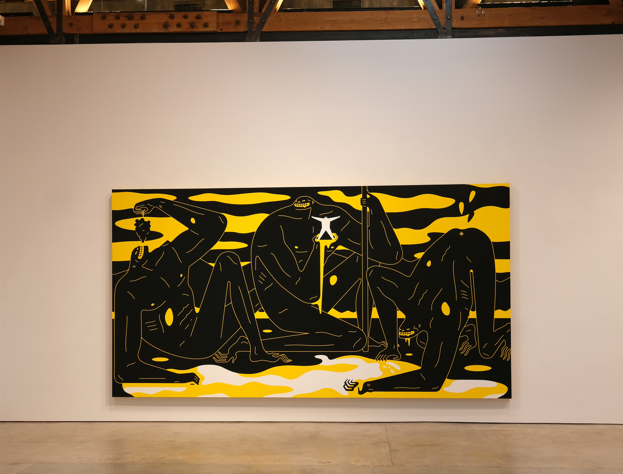Choosing the perfect title for an artwork can be a challenging task for many artists.
Title your art thoughtfully: connect personally, draw from subject matter, favorite words, colors, music, conversations, and memories. Create meaning, allow interpretation, make an impression. Follow formatting standards, include essential info.
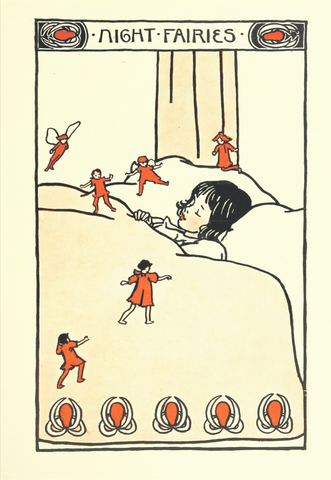
While some artists opt for simple and descriptive titles, others explore various creative approaches to engage viewers and add depth to their work. In this article, we will delve into the significance of art titles, explore different strategies for naming artwork, and discuss the importance of effective labeling and formatting. Whether you're an emerging artist or an established one, these tips will help you create clever and compelling art titles that captivate your audience.
Section 1: Understanding the Importance of Art Titles
1.1 Unveiling the Meaning: Exploring the Significance of Art Titles
- Art titles play a crucial role in providing insight into the meaning and intention behind an artwork. They offer viewers a glimpse into the artist's perspective, guiding their interpretation and enhancing their understanding of the piece.
1.2 Enhancing Accessibility: The Role of Art Titles in Viewer Interpretation
- Art titles make artworks more accessible to viewers by providing contextual information and guiding their interpretation. They act as a bridge between the artist's vision and the viewer's understanding, facilitating a deeper engagement with the artwork.
1.3 To Title or Not to Title: The Choice and Impact of 'Untitled' Artworks
- Choosing to leave an artwork untitled can be a deliberate artistic decision. 'Untitled' artworks encourage open interpretation and allow viewers to engage with the piece on a personal level. However, they can also pose challenges in terms of accessibility and providing a clear context.

Section 2: Strategies for Creating Art Titles
2.1 Something Personal: Infusing Personal Connections into Art Titles
- Artists can infuse personal connections into art titles by drawing inspiration from their own experiences, emotions, or memories. This personal touch adds depth and authenticity to the artwork and creates a stronger connection between the artist, the artwork, and the viewer.
2.2 Subject Matter Inspiration: Art Titles Based on the Content of the Artwork
- Art titles can be derived directly from the subject matter depicted in the artwork. By describing or referencing the content, artists can create titles that provide immediate visual cues and establish a connection between the artwork and its title.
2.3 Favorite Words: Leveraging Interesting Vocabulary in Art Titles
- Artists can leverage interesting vocabulary by incorporating their favorite words into art titles. Unique or evocative language can capture the essence of the artwork and pique the viewer's curiosity, making the title memorable and intriguing.
2.4 Color-centric Titles: Highlighting Prominent Colors in Artwork
- When an artwork prominently features specific colors, artists can create color-centric titles that emphasize those colors. By doing so, they enhance the visual impact and communicate the mood or atmosphere associated with the chosen colors.

2.5 Musical Inspiration: Utilizing Song Lyrics as Art Titles
- Artists can find inspiration in song lyrics and utilize them as art titles. Song lyrics often evoke emotions, tell stories, or convey certain themes, which can enhance the viewer's connection to the artwork and add another layer of meaning.
2.6 Conversations and Overheard Dialogues: Drawing from Personal Interactions
- Artists can draw inspiration from personal conversations or overheard dialogues to create art titles. These titles can capture snippets of real-life conversations, adding a sense of authenticity and inviting viewers to interpret the artwork within the context of human interaction.
2.7 Memories as Muse: Using Personal and Autobiographical Experiences in Art Titles
- Artists can draw from personal and autobiographical experiences to create art titles that evoke specific memories or emotional associations. By tapping into their own memories, artists can create titles that resonate with viewers on a deeper, more personal level.
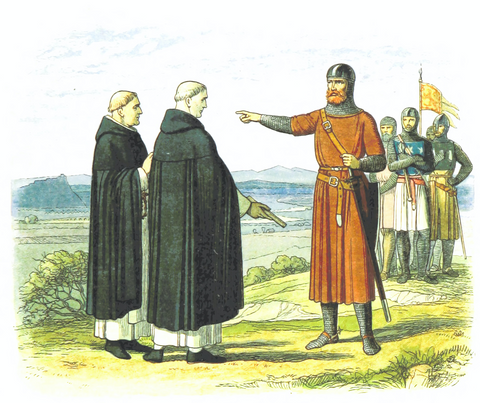
Section 3: The Art of Labeling: Proper Formatting and Layout
3.1 Formatting Art Titles and Labels: Industry Standards for Professional Presentation
- Formatting art titles and labels should follow industry standards for professional presentation. This typically includes using a consistent font and size, placing the title in a prominent location, and ensuring clear legibility and readability.
3.2 Essential Information: Including Artist Name, Date, Medium, and Dimensions
- Along with the art title, labeling should include essential information such as the artist's name, the date of creation, the medium used, and the dimensions of the artwork. This information provides vital context and documentation for the artwork.
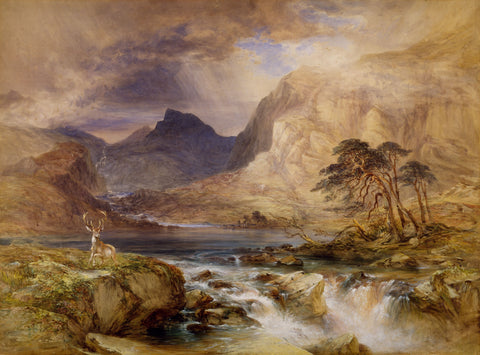
Section 4: Crafting Effective Art Titles:
Key Considerations 4.1 Conveying Additional Meaning: Sparking Thought and Analysis through Titles
- Effective art titles can spark thought and analysis by conveying additional layers of meaning beyond the visual elements of the artwork. They can pose questions, suggest interpretations, or provide subtle hints that encourage viewers to explore the artwork further.
4.2 Allowing for Interpretation: The Role of 'Untitled' Artworks
- 'Untitled' artworks allow for open interpretation, inviting viewers to engage with the artwork on their own terms. By omitting a title, artists create space for personal connections and diverse interpretations, allowing the artwork to speak to each viewer uniquely.
4.3 Making a Lasting Impression: The Impact of Clever and Compelling Titles
- Clever and compelling titles have the power to make a lasting impression on viewers. They capture attention, create intrigue, and establish an emotional or intellectual connection that lingers in the viewer's mind even after experiencing the artwork.

Explore our curated selections of contemporary artists from around the world.
Naturalist Gallery offers artist representation that gets your art in front of collectors internationally. Apply to Naturalist Gallery.
Naming artwork is an art form in itself. The title holds the power to shape viewers' interpretations, evoke emotions, and add depth to the artistic experience. Whether you choose a simple and descriptive title or opt for a more creative approach, the goal is to engage your audience and leave a lasting impression. By following the strategies outlined in this article, you'll be able to create art titles that not only capture the essence of your work but also entice viewers to delve deeper into its meaning. Remember, your art speaks for itself, and a well-crafted title serves as a guide into its captivating world.
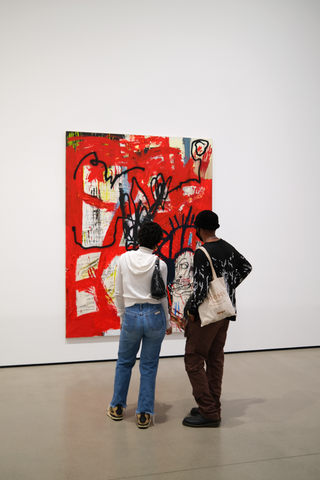
You may also find the following articles helpful:
How to Sell Art Online and Make Money
Open Calls: Maximizing Art Opportunities
Types of Art Exhibitions: A Comprehensive Guide
Art Prints vs. Original Paintings: A Guide for Artists and Art Buyers

